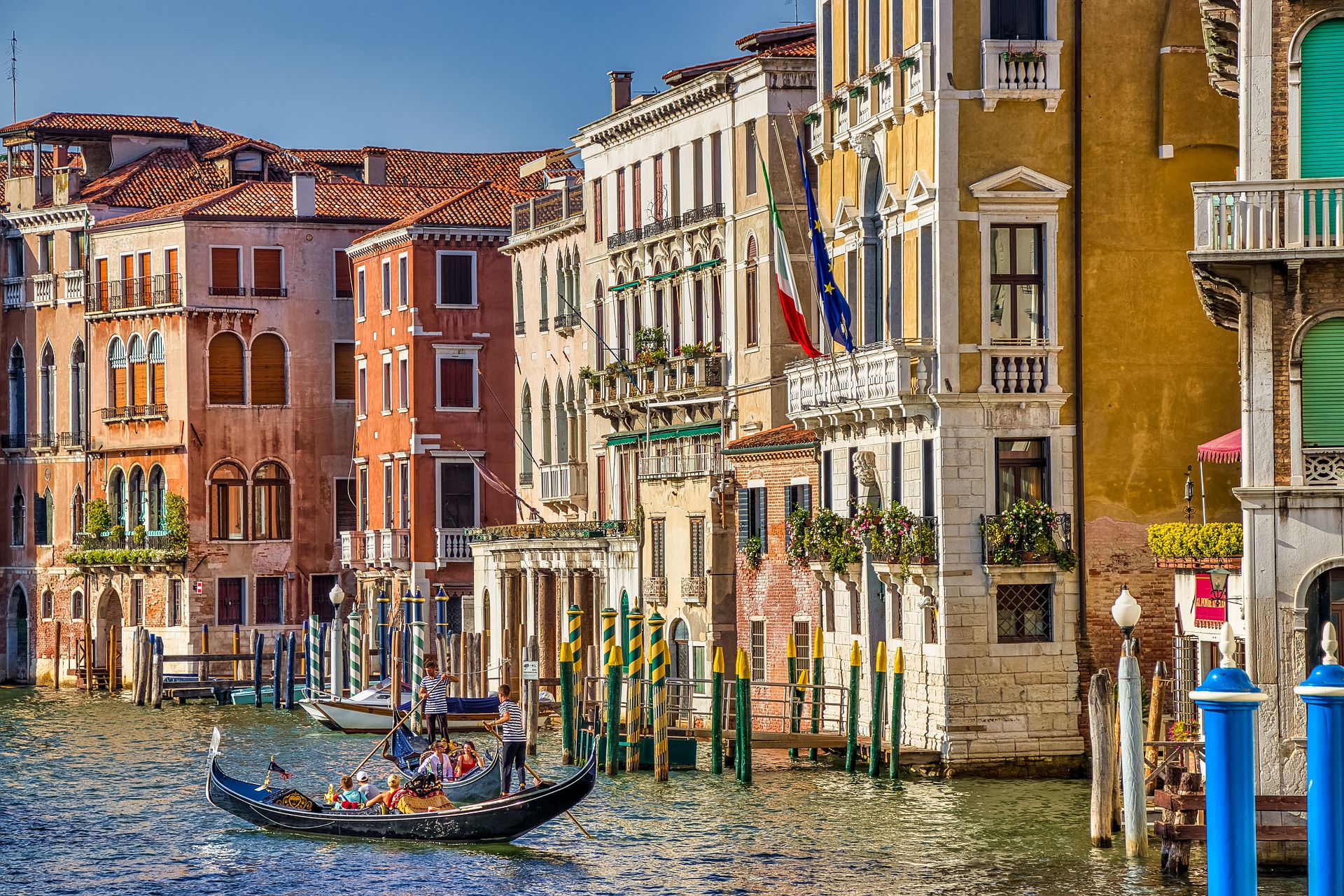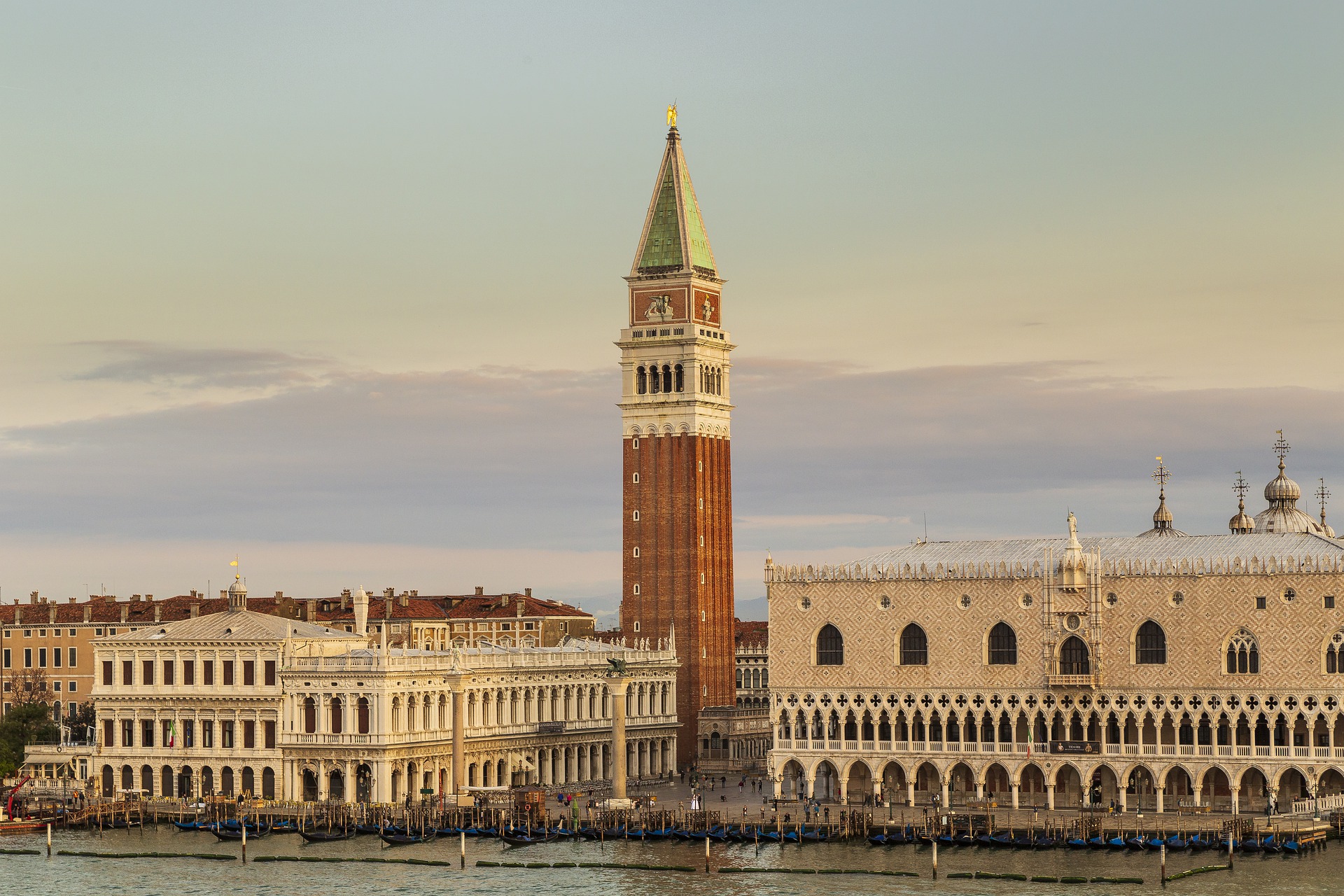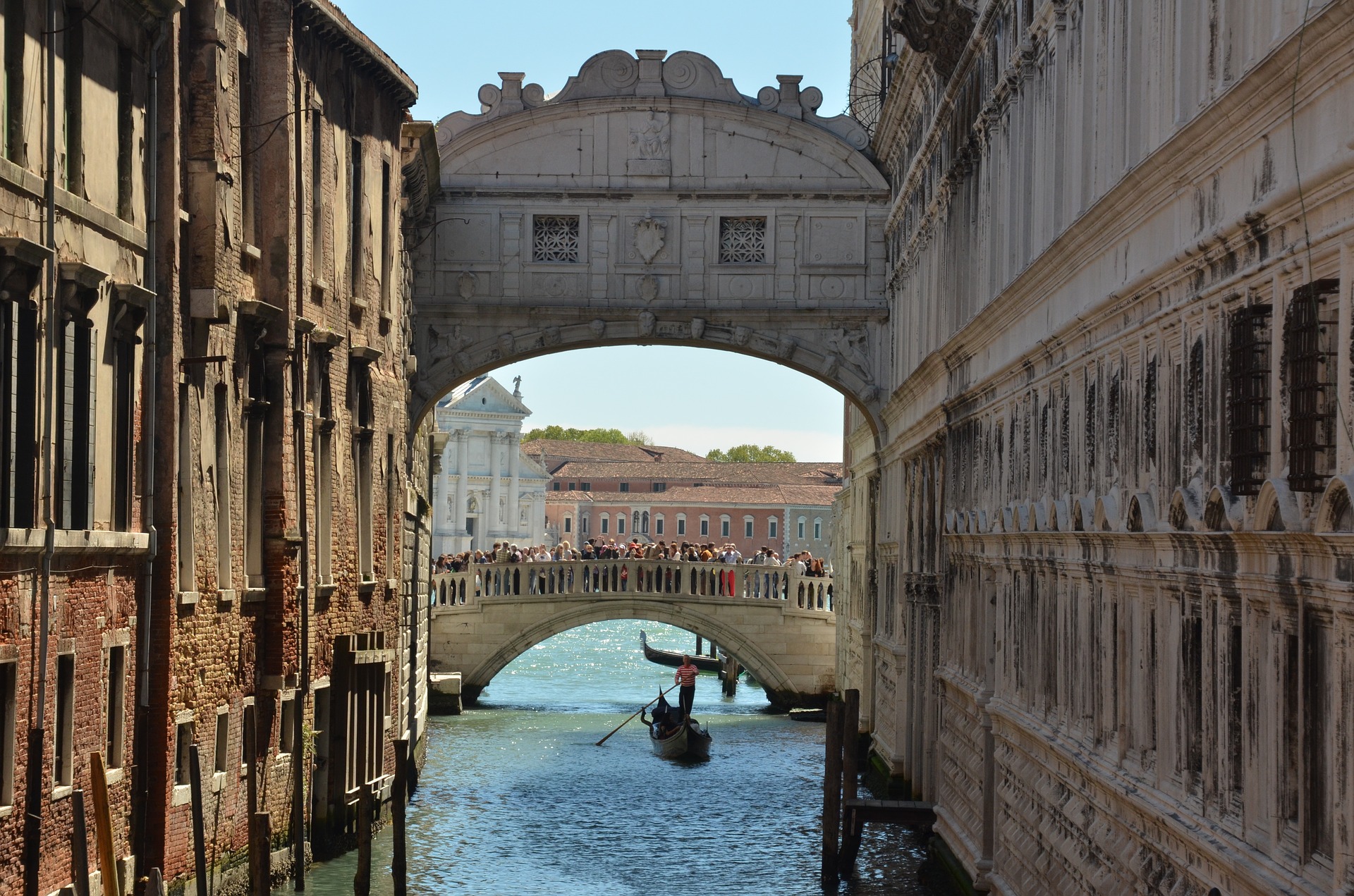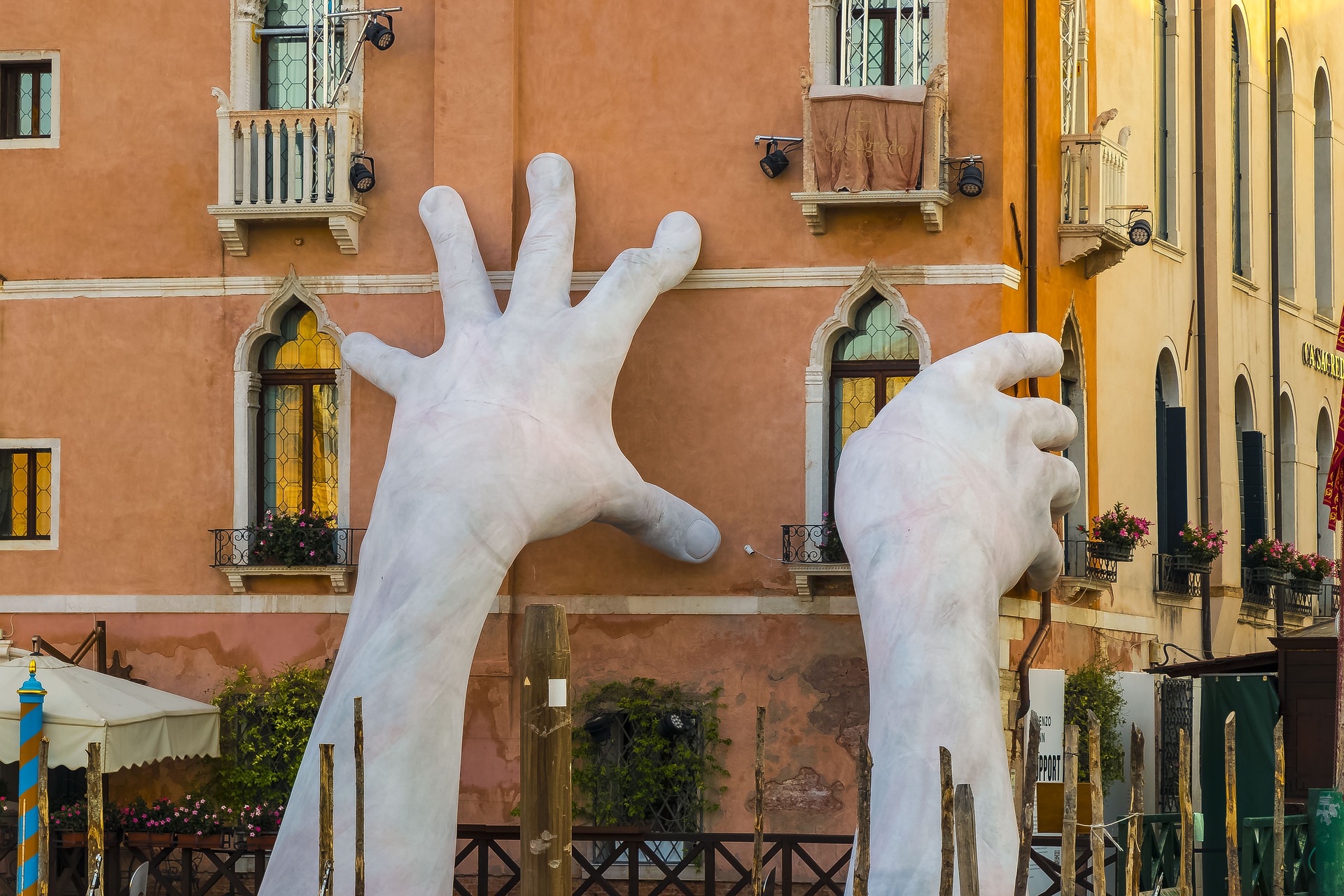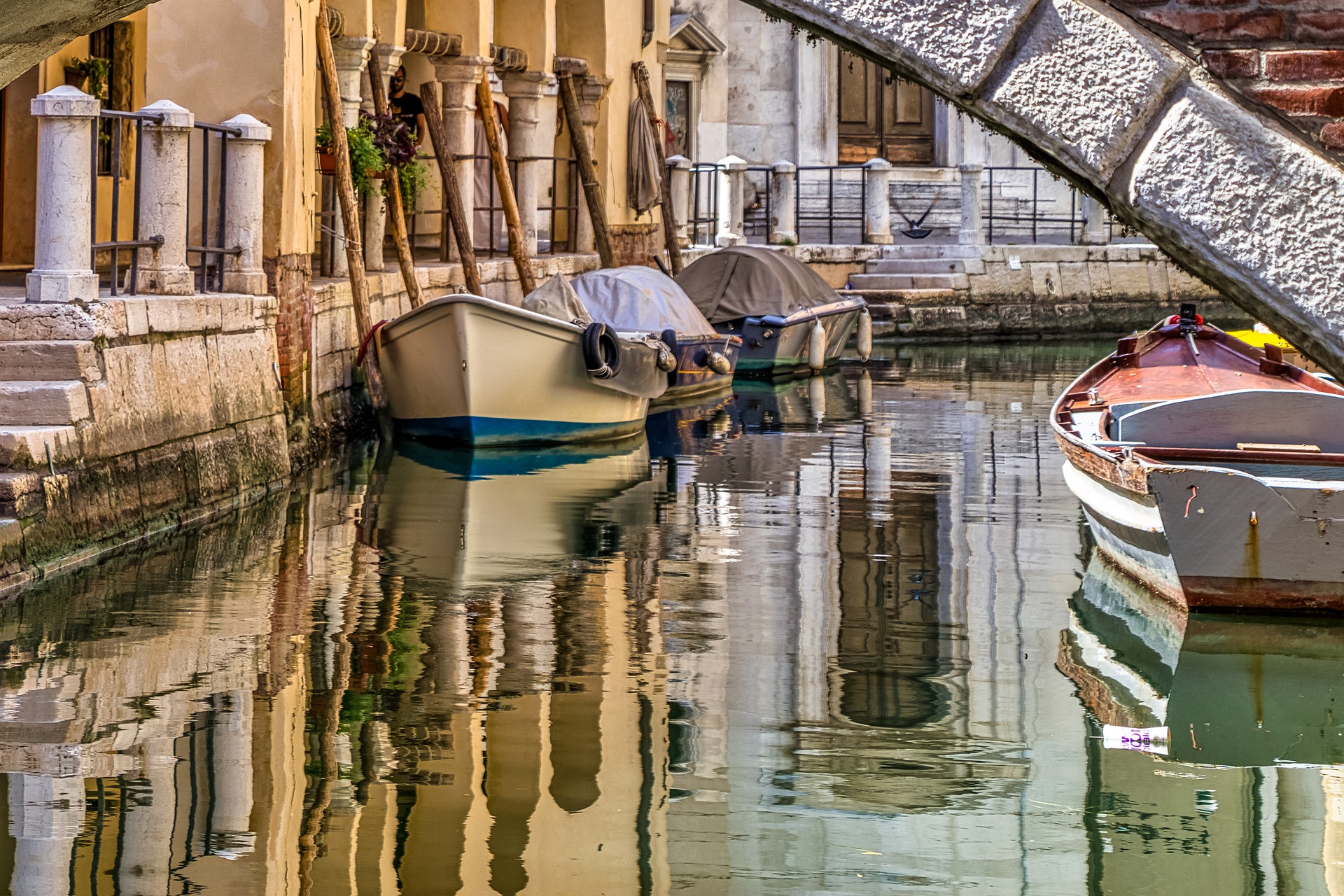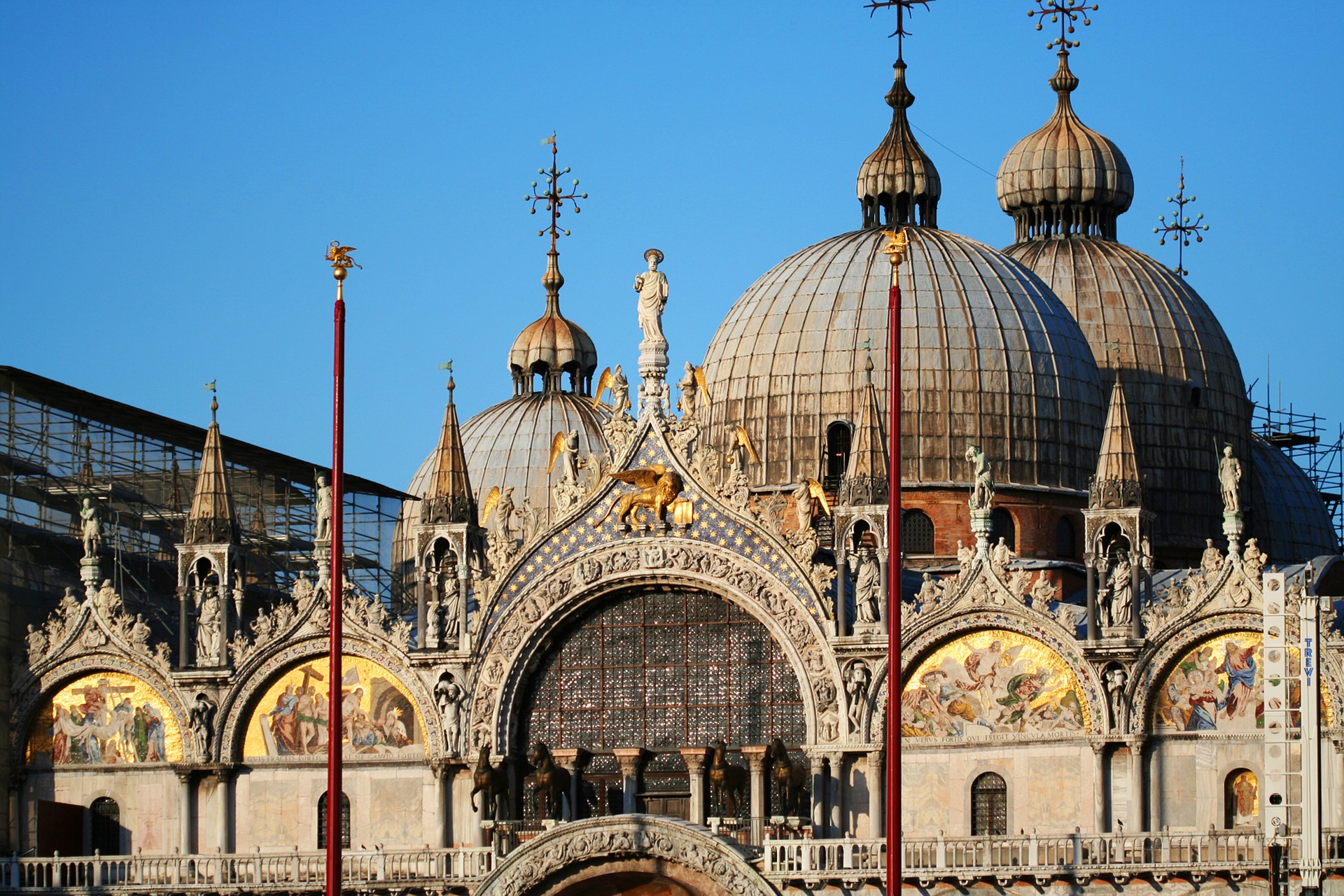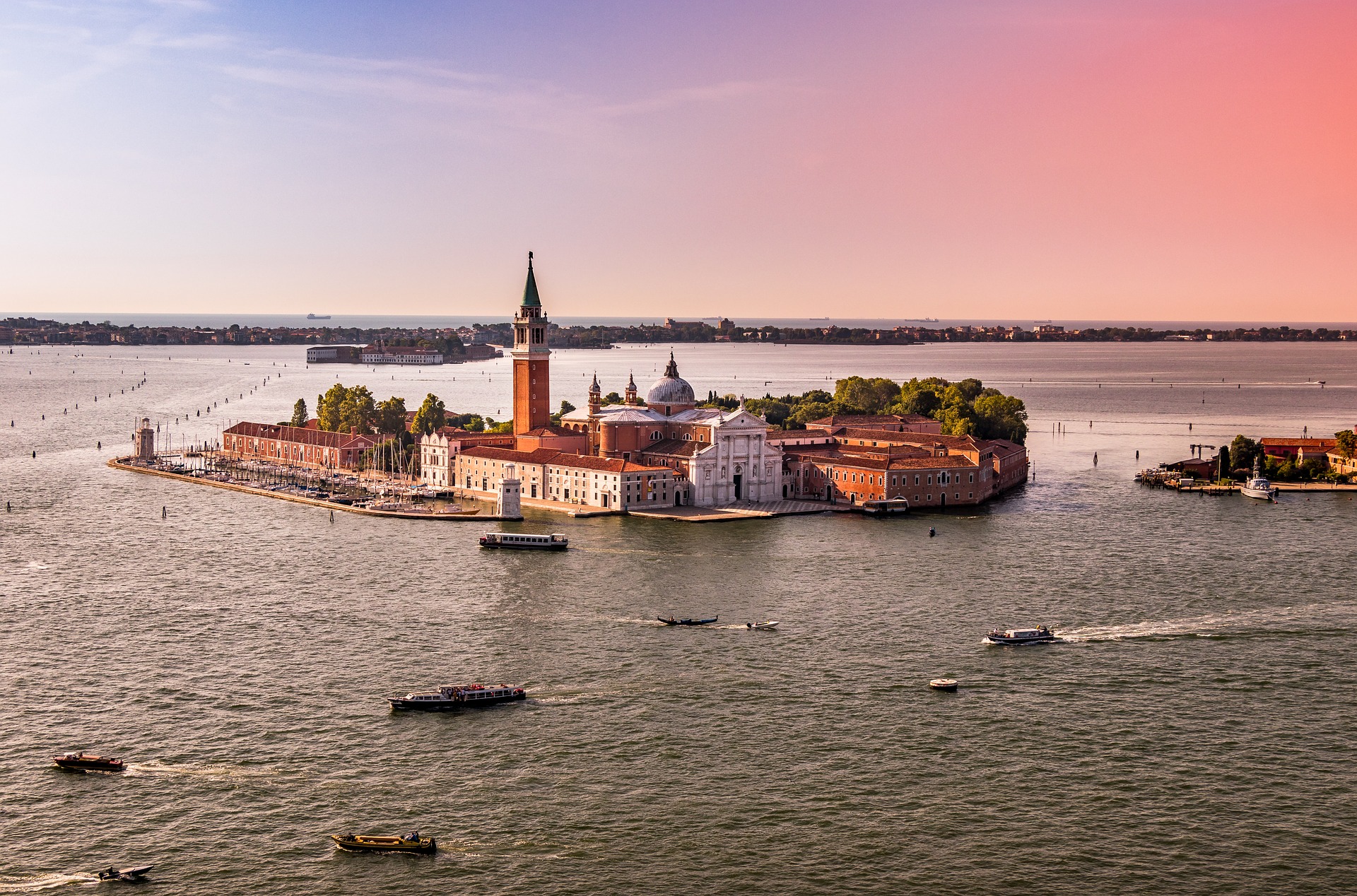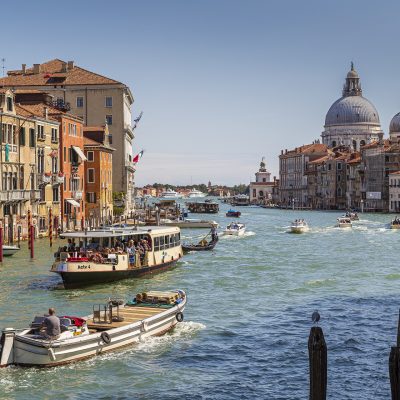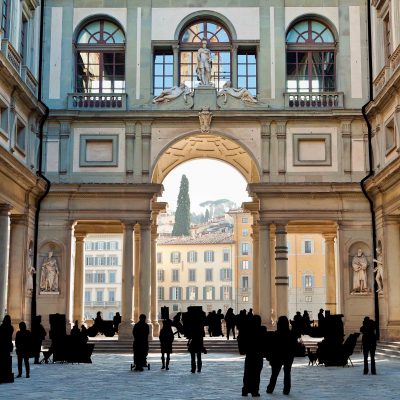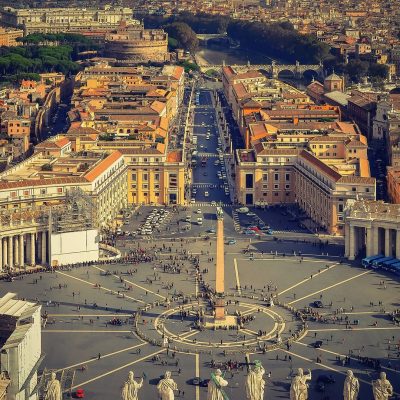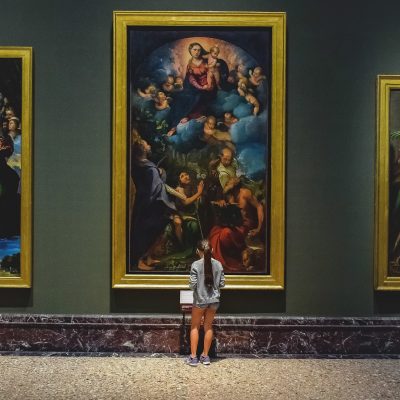Venice sightseeing tour
Itinerary: St. Mark's Square (Piazza San Marco) - St. Mark's Basilica - Doge's Palace (Palazzo Ducale)
Venice is a magical city that leaves no one indifferent. It can be compared to a richly decorated inlaid box full of treasures, colorful gems and pearls.
Wandering around Venice without a plan and a map is a special pleasure. You never know where the next alley will take you, sometimes so narrow that you can spread your arms and touch the walls of the houses. If you're here for a few days, be sure to allow yourself to get lost in the city. But when you're short of time, the best solution is to take a walk in the company of someone who knows and loves the city: you can learn about its history, get your bearings, and get advice about where you should continue and what you should be doing for the time remaining.
Piazza San Marco is a huge space framed by ancient palaces and named after the patron saint of the city and the basilica of the same name located there. "The most beautiful salon in Europe," was how Napoleon Bonaparte described the square, and he was right. Café tables in the buildings around, including the famous Café Florian, entice you to contemplate the beauty around you with a glass of wine or a cup of coffee.
For more than a century the square has been acquiring its modern appearance. There was once a large vegetable garden, which took the form of a square in the ninth century, and a pavement in the twelfth century. The two columns, St. Mark's and St. Theodore's, erected on the square by the lagoon itself in the twelfth century, act as gates, but locals prefer not to pass between them: death sentences were carried out on this spot. The last thing the unfortunates saw was the clock tower inexorably counting down the remaining minutes of their lives. Located near the lagoon, Piazza San Marco is the lowest point of the city, and therefore at high tides it is covered by water faster than other places.
At one time the patron saint of Venice was St. Theodore, and the temple dedicated to him was located on the square. After the relics of St. Mark were transferred to the city from Alexandria in Egypt in the IX century, Venice was taken under the patronage of the new protector, and on the site of the temple of Theodore was erected a church in honor of St. Mark. The beginning of the construction of the modern building of the basilica dates back to the XI century, the construction and decoration works were carried out over the centuries. As a result, the most important temple in Venice looks like a casket, decorated with gold and precious stones, which contains the main treasure of the city: under the altar of the cathedral there are the relics of St. Mark.
The Doge's Palace (Palazzo Ducale) is a building of extraordinary beauty, a symphony of styles in stone: a mixture of architectural elements of the Byzantine school, Gothic and early Renaissance styles. Once a fortified citadel, the structure was rebuilt after a fire and served as a prison. During the fourteenth and fifteenth centuries, the palace acquired its present appearance as a result of ongoing works. For more than a thousand years the Doge ruled Venice from here.
Venice is a city you want to return to, rich in history and intellectual treasures inexhaustible. However much time you have to spend there, be sure to take a gondola ride along the city's canals and a vaporetto along the city's main "avenue": the Grand Canal, a delight and unforgettable experience guaranteed for years to come.

